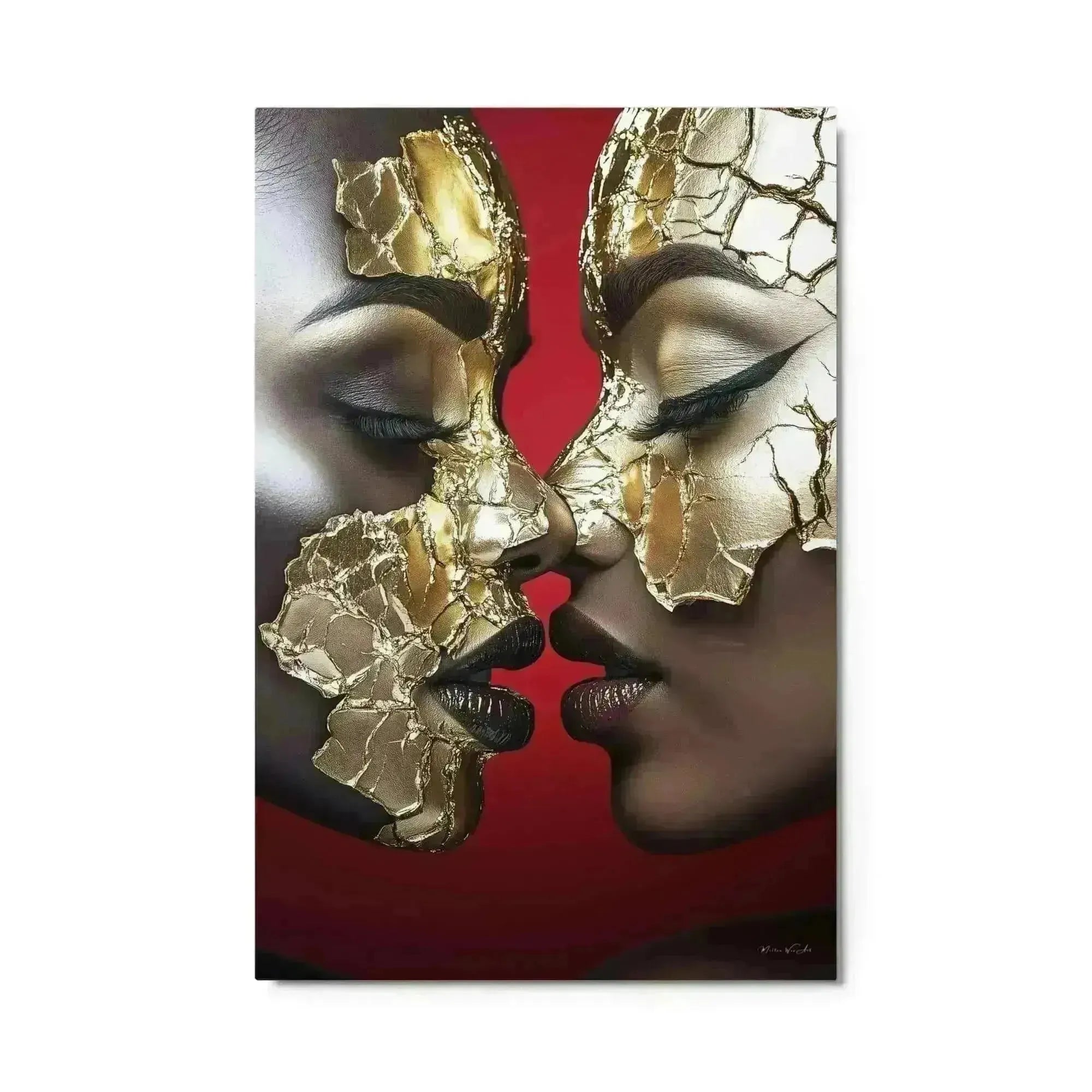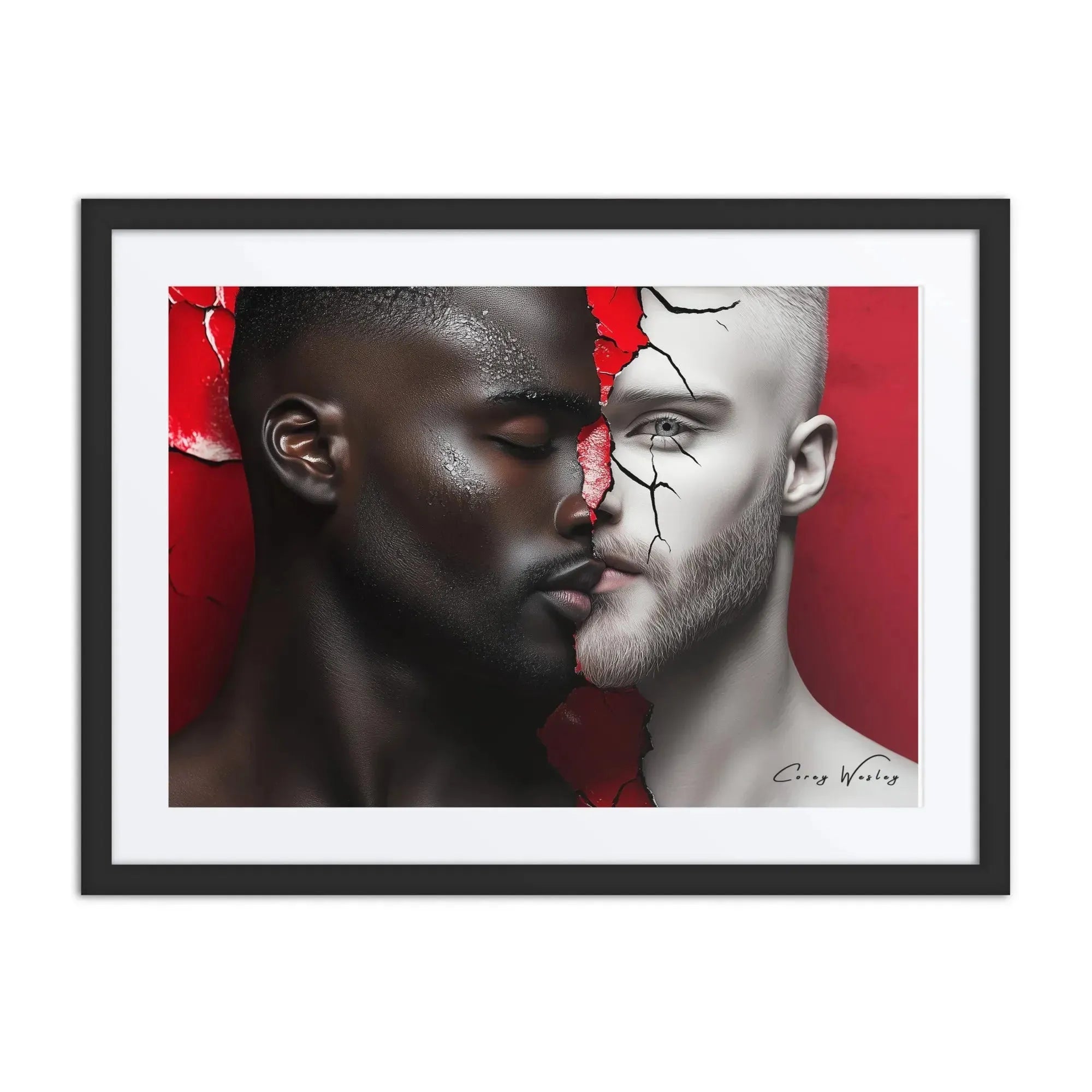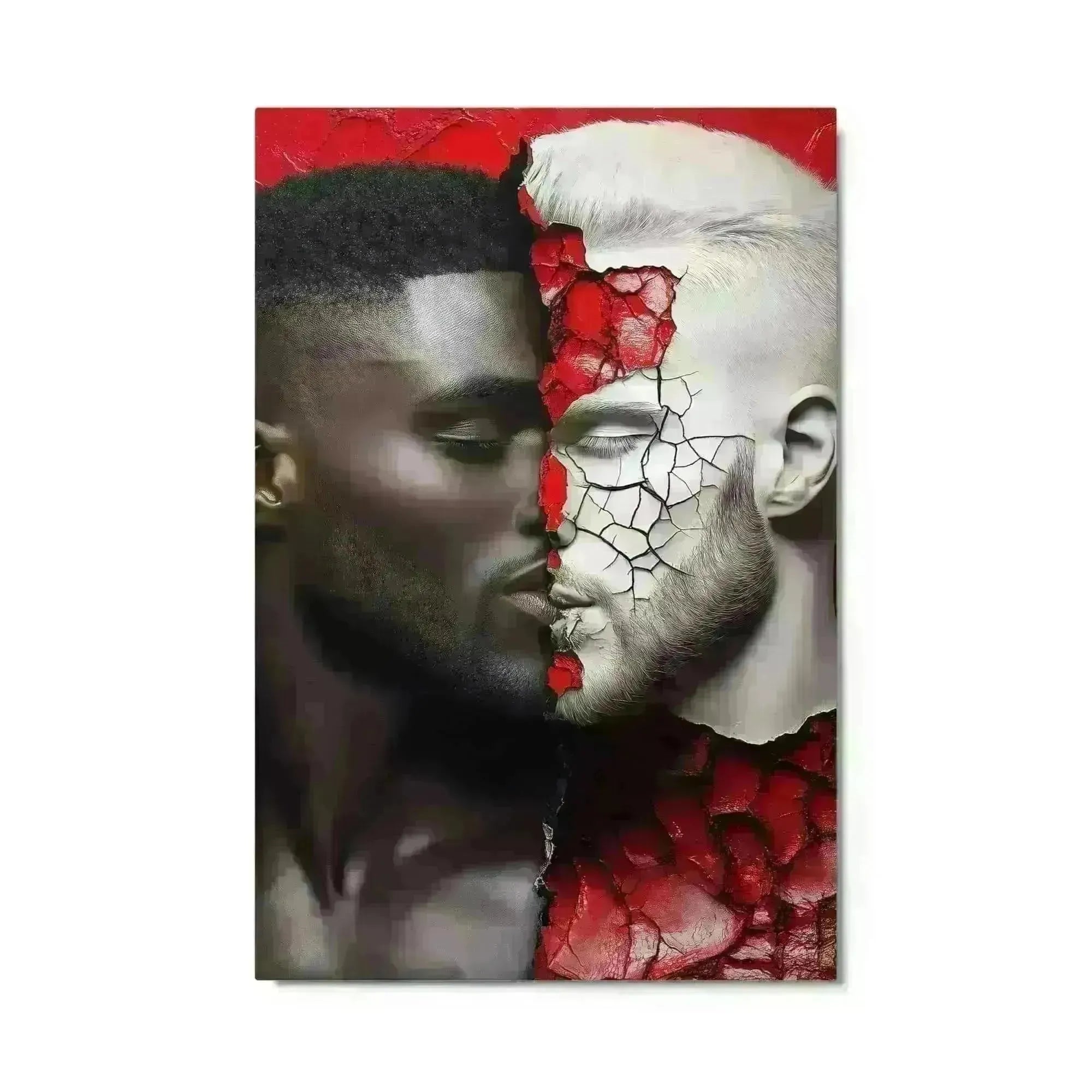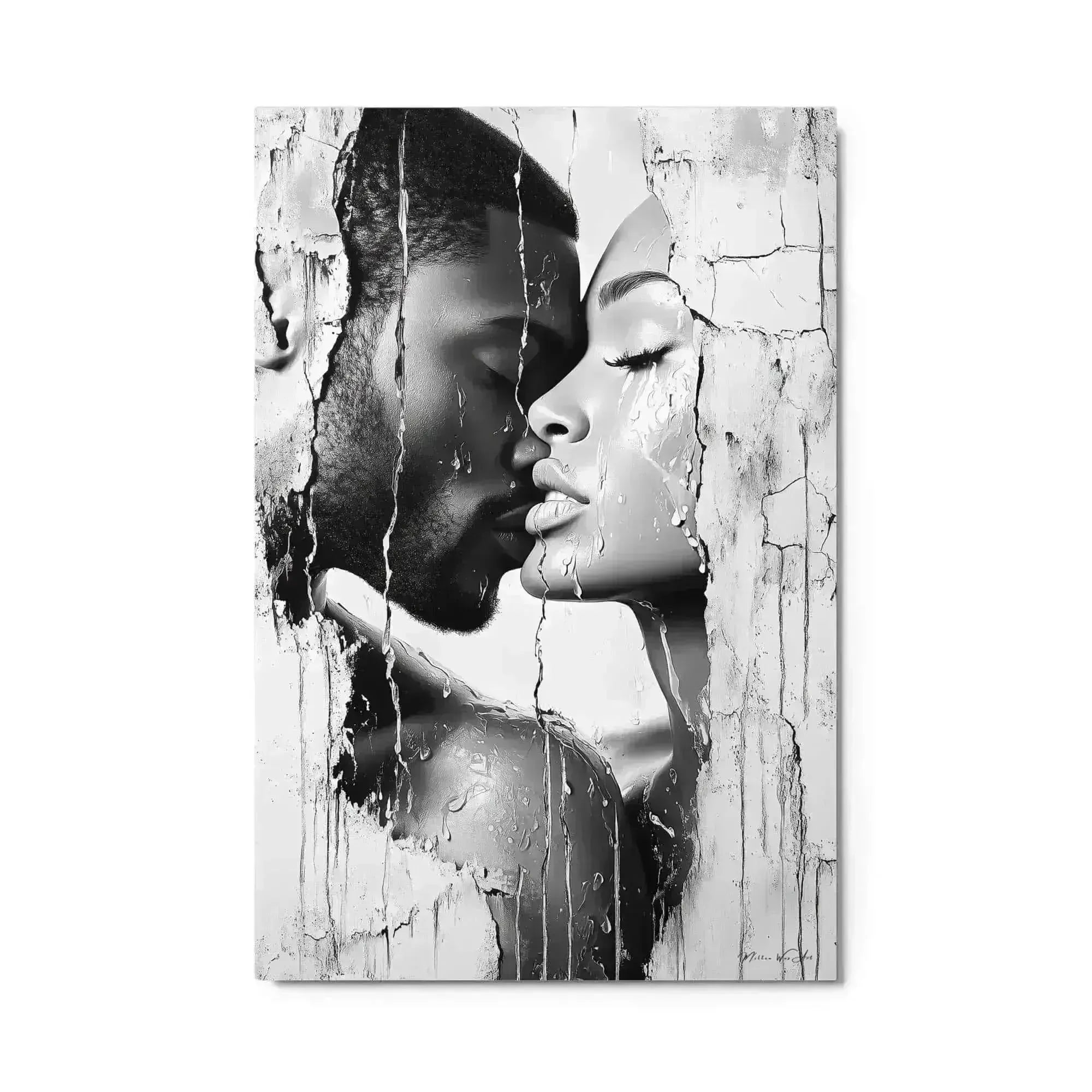
Why the Future of True Luxury May Not Look the Way We Think
In the echo of recent revelations—Chinese factories producing handbags for the world’s most revered fashion houses, conversations around tariffs and transparency, and the growing suspicion that we’ve been sold not exclusivity but illusion—one word continues to stand trial: luxury.
It’s a word that once evoked hand-stitched precision, atelier craftsmanship, and artistic rarity. Now, it risks becoming diluted, flattened under the weight of mass production and marketing bravado. Logos scream across shelves. Waitlists are engineered. Scarcity, once organic, is now algorithmic.
But what if luxury isn’t dying?
What if it’s simply quieting down?
Luxury Without Logos
There is a shift—subtle but seismic—happening within the high-end space. It’s in the understated lines of a perfectly tailored coat with no visible branding. It’s in the conscious consumer who asks not just how much, but how it was made, by whom, and why. And yes—it’s in art.
In my work as a visual artist, I’ve often found myself both aligned with and alienated by the term “luxury.” My pieces are not created for mass appeal or market trends. They are not adorned with status symbols or priced to signal wealth. They are emotional artifacts—bold, manipulated portraits printed on aluminum metal, each one a singular experience. Once sold, never reprinted.
It’s a dangerous place to live as a creator—between luxury and resistance. But that’s where quiet luxury resides.
The Rise of Quiet Luxury
Quiet luxury is not about modesty. It’s about discernment. It resists spectacle in favor of substance. It understands that value is not always visible to the untrained eye—but to those who know, it speaks volumes.
Quiet luxury:
- Doesn’t need a logo to make a statement
- Doesn’t rely on trend to justify its presence
- Doesn’t measure worth by recognition, but by resonance
It is emotional. Personal. Rare.
And in that way, art—true art—has always embodied the most sacred form of luxury: something that cannot be replicated, mass-produced, or imitated without losing its soul.
What We’re Really Buying
If the last few months have taught us anything, it’s that we’ve been complicit in a performance. We’ve allowed ourselves to believe that luxury lives in glossy bags and manufactured prestige. We’ve overlooked the truth that many of these items—though beautiful—are often produced on the same factory floors as their counterfeit counterparts.
But art?
Art cannot be faked.
When someone collects a piece from my Unapologetic Faces series, they’re not acquiring a commodity. They’re claiming a moment—an emotion, a perspective, a visual language that refuses to whisper but also doesn’t need to shout.
They’re investing in an object that holds energy. That shapes a space. That makes people stop and ask, Who created this? Not What brand is it?
The Rarity of Being Real
True luxury is not about price. It’s about presence.
It’s about the decision to create something that only one person can own. To manipulate color, texture, and shape not to follow design rules, but to challenge them. To let emotion be the medium.
As an artist who is self-funded, unrepresented by a gallery, and uninfluenced by trend cycles, I can say with confidence: what I create is not for everyone. And that, in itself, is luxury.
Reframing the Conversation
So as the world rethinks what it means to buy “luxury,” I ask that we also rethink what it means to own it.
Let’s not discard the word. Let’s redefine it.
Let it be quiet, if it must. But let it never be hollow.
Because some things—true things—still carry weight. Not because of where they’re made, but because of why.
And in that silence, real luxury speaks.
Featured Artwork: Clowned by Capitalism
This article was inspired by a personal and political reckoning around what we call “luxury.” The piece that came out of that moment is now available for collectors who want to own a reflection of this shift in thinking.
One-of-a-kind. Printed on aluminum. Never to be recreated.















































Comments (0)
Back to Luxury Art Styling Tips